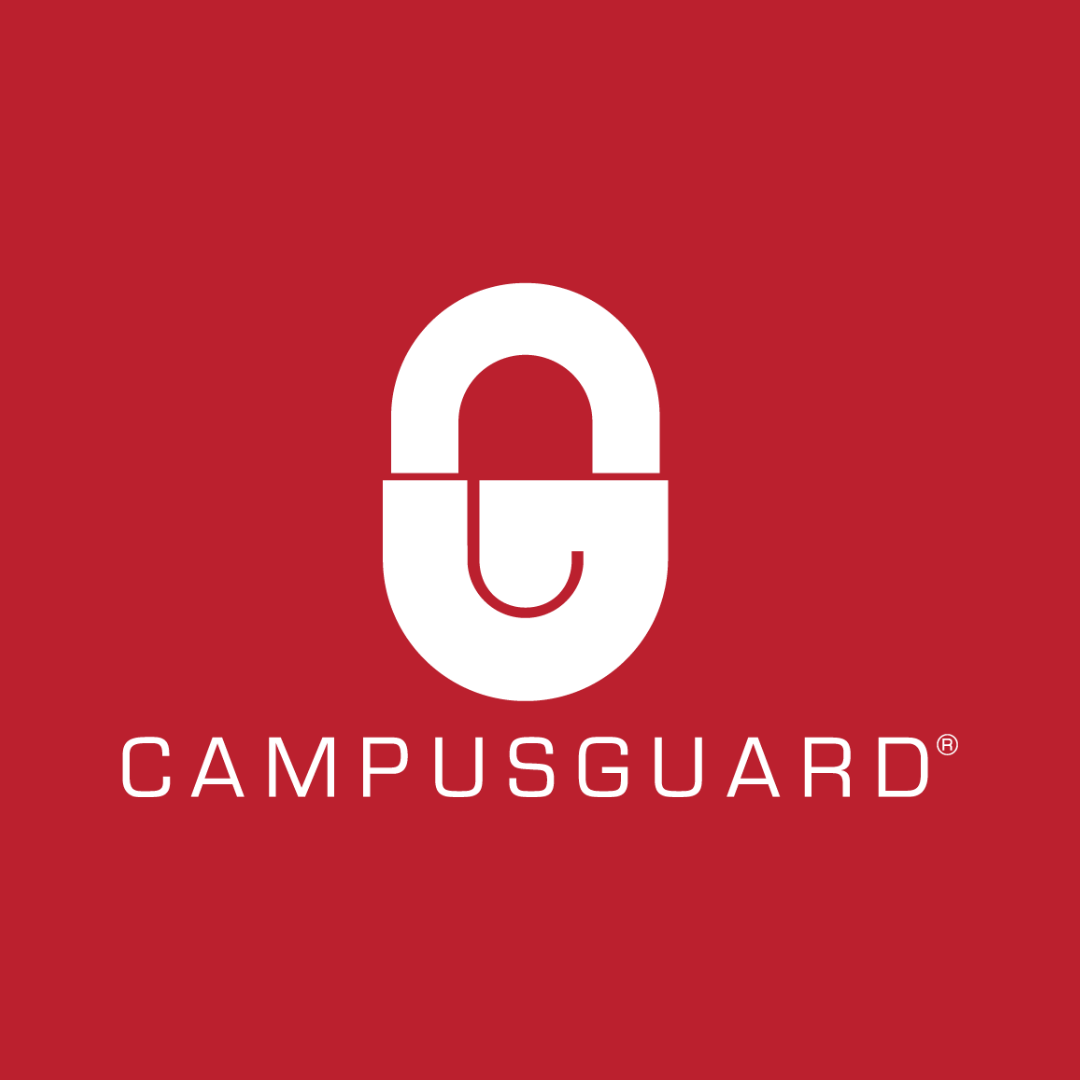
The Rising Threat of E-Skimming in Higher Education
E-skimming attacks are no longer a distant problem for retail giants. Higher education institutions, with their tuition portals, bookstore platforms, and student service sites, are just as vulnerable. Magecart-style attackers exploit weak points in client-side scripts to capture payment data in real time.
For institutions, the stakes are high: PCI DSS 4.0.1 requires stronger oversight of scripts running in the browser, and failure to comply brings both regulatory and reputational risk.
Building Awareness Across Teams
Too often, web security is viewed as a purely technical responsibility. In reality, preventing client-side attacks requires collaboration among IT, finance, compliance, treasury, and marketing leaders.
Marketing teams frequently deploy analytics trackers, chatbots, and user-experience enhancements. These scripts can inadvertently introduce vulnerabilities if they are not vetted and monitored. Finance teams may be the first to notice unusual payment activity. Compliance officers must ensure PCI DSS requirements are addressed and properly documented. Meanwhile, IT and development teams need to track script changes and enforce secure coding practices.
Awareness programs should make each group understand its role in protecting payment portals. The goal isn’t to make marketers or bursars into security engineers, but to ensure they can recognize red flags and escalate concerns before attackers exploit them.
Phishing Prevention and Account Hygiene
Attackers rarely begin with sophisticated exploits; they start with stolen credentials. Phishing remains one of the most effective methods for breaching administrative accounts tied to payment systems.
Training staff to spot phishing should go beyond a generic warning. Show real-world examples of spear phishing emails that target finance staff or marketing admins with seemingly legitimate requests. Explain how attackers often mimic university branding or vendors to appear trustworthy. Reinforce the need to double-check sender addresses, avoid clicking embedded links, and verify requests through a secondary channel.
Account hygiene is equally important. Strong, unique passwords combined with multi-factor authentication should be mandatory. Institutions should also enforce periodic access reviews, ensuring that dormant accounts are removed and privileges are tightly scoped.
When marketing interns or contractors complete a project, their accounts should not remain active indefinitely. Regular clean-up dramatically reduces the attack surface available to adversaries.
Creating a Culture of Cyber Vigilance
The most resilient institutions treat cybersecurity not as a compliance checkbox, but as a shared culture. This requires sustained effort in training, encouragement, and recognition.
Regular training should go beyond annual compliance modules. Incorporate scenario-based exercises: for example, walking web admins through how an attacker might inject a script, or showing finance staff how fraudulent transactions appear. Marketing teams can benefit from workshops on how to safely deploy third-party tools without opening the door to attackers. Short, focused sessions delivered quarterly keep the lessons fresh and actionable.
Recognition is equally powerful. When a staff member spots and escalates a suspicious script, a phishing attempt, or unusual account activity, celebrate that vigilance. In a higher education setting, this could be as simple as a departmental shout-out in an IT security newsletter, a small award at a quarterly staff meeting, or a note of appreciation from leadership. By rewarding proactive behavior, institutions make it clear that vigilance is part of the community’s values, not just IT’s responsibility.
Encouraging staff to speak up without fear of reprisal is essential. False alarms should be treated as learning opportunities, not mistakes. Over time, this builds an environment where vigilance becomes second nature and where small catches prevent major breaches.
Staying Ahead with Proactive Protection
Even the most well-trained staff cannot monitor every third-party script running in a payment portal. That is where automated solutions fill the gap. ScriptSafe delivers visibility, control, and threat protection across all client-side scripts, directly addressing PCI DSS 4.0.1 requirements (such as 6.4.3 and 11.6.1). By combining staff awareness programs with ScriptSafe’s real-time monitoring and blocking, institutions gain both the human and technical defenses needed to keep payment data safe.
Key Takeaways
- E-skimming attacks target higher education payment portals with increasing frequency.
- Awareness programs must include not only IT and finance, but also marketing and compliance teams.
- Phishing prevention and account hygiene require practical training and disciplined access management.
- A culture of cyber vigilance depends on scenario-based training and recognition of proactive behavior.
- ScriptSafe provides the automated oversight required for PCI DSS compliance and peace of mind.
Ready to safeguard your institution’s payment portals? Learn how ScriptSafe can protect your environment.

